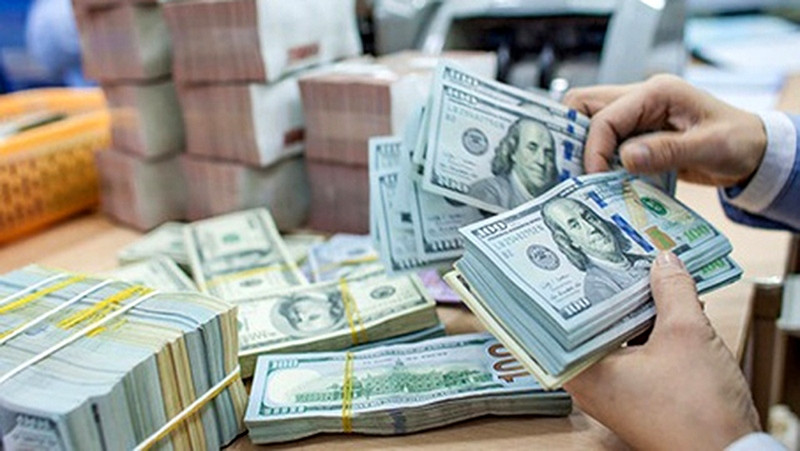

According to the Minister, the country’s debt-to-GDP ratio fell to 37% by early 2024 compared to 43.1% in 2021, while the ratio approved by the National Assembly stands at 60%.
The latest ratio is much lower than the 2023 median level for countries with the BB credit rating, at 52.8%, and for countries with the BBB credit rating, at 54/9%. It’s also noteworthy that the Vietnamese credit rating is a level lower than the BBB rating.
Furthermore, the Minister said debt restructuring has been accelerated. Accordingly, outstanding domestic debt has increased, accounting for about 71% of outstanding Government debt. Foreign debt has gradually been decreasing in the Government’s debt structure, mainly in the form of long-term loans with preferential interest rates. This will further contribute to increasing debt sustainability in the face of exchange rate fluctuations of major foreign currencies globally.
In its upgrade made in December, 2023, Fitch Ratings raised Vietnam’s credit rating from BB to BB+ after Moody’s and S&P moved to upgrade the country’s rating from Ba3 to Ba2 and BB to BB+ in 2022 respectively. The positive results can be attributed to the country’s efforts in fiscal consolidation and public debt control.
Minister Phoc said that with the current low debt-to-GDP ratio and favourable debt structure, Vietnam still has large room to mobilise public debt for essential infrastructure projects for future development.
To manage public debt in a sustainable manner, he said the Ministry of Finance would continue to strengthen inspection, supervision, and the audit of public debt; publicise public debt information; and constantly improve the legal framework on public debt management.
It would continue to deploy capital mobilisation in tandem with public investment disbursement progress, by increasing domestic loan sources with low interest rates; use excess budget revenue to repay principal; and reduce public debt pressure. It would only finance new projects with high socio-economic efficiency and the ability to repay debt, and after carefully examining its impact on public debt safety.
Since 2021, credit rating organisations have continuously raised the Vietnamese credit outlook and rating that supports the country in mobilising capital in the market at appropriate cost-risk levels.
VOV